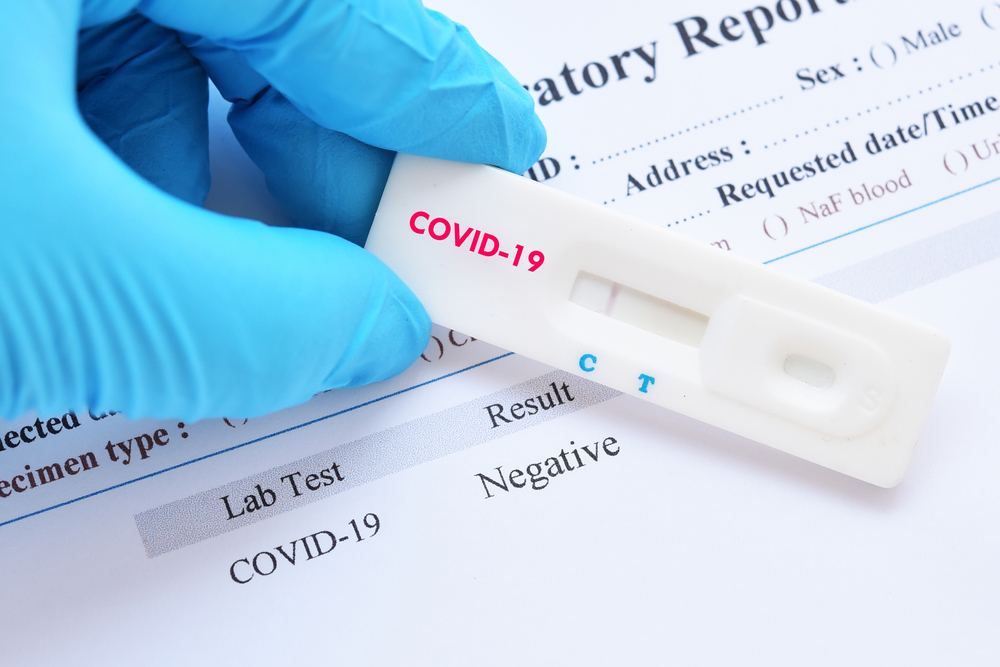Based on previous guidelines and advice, many business owners have been telling employees who tested positive for COVID-19 to stay away from the workplace until they test negative. New guidance from the U.S. Centers for Disease Control and Prevention (CDC), however, has obviated the need for retesting if certain symptom-based hurdles can be met.

How We Got Here
Sometimes, obtaining a negative retest after a coronavirus diagnosis can mean waiting weeks and even months. Numerous reasons are contributing to the problem:
- Some people test positive for weeks after fully recovering and no longer being contagious;
- It’s getting harder to schedule a test, and the results are taking longer and longer to come back; and
- The tests themselves are still unreliable, with the “quick” ones having the highest rates of false positives and false negatives.
In the meantime, businesses are seeing an uptick in activity but can’t fill orders or client needs because they have no workers. Some have even had to shut down. It’s therefore very surprising the CDC’s new guideline saying a negative test isn’t necessary has flown under the radar.
What New Guideline Says
Quietly, on July 22, the CDC published the guideline allowing the use of a symptom-based strategy—rather than a negative test—for ending the isolation and precautions for persons with COVID-19. Specifically, the CDC said patients who have experienced mild to moderate infections may discontinue isolation 10 days after the symptoms’ onset and at least 24 hours after resolution of fever (without the use of fever-reducing medications) and with improvement in other symptoms.
For people who tested positive but were asymptomatic, the CDC said, “Isolation and other precautions can be discontinued 10 days after the date of their first positive RT-PCR test for SARS-CoV-2 RNA.” For those with a more severe to critical illness or who are severely immunocompromised, they may remain infectious for longer than 10 days, but no more than 20 days after the symptoms’ onset.
Most important, the guidelines apply only to those who have tested positive, not those who have been exposed to the virus and told to quarantine. The consensus remains that COVID-19 has a 14-day incubation period, and those who know they have been exposed should wait at least that long to see if symptoms develop.
So, What Should Employers Do?
A negative test can provide you with the greatest defense in litigation and the court of public opinion (which shouldn’t be discounted in today’s climate). But, to the extent waiting on retesting isn’t practical or affordable, the CDC’s guidelines may assist you in getting employees back to work faster.
One caveat: Be careful to avoid developing or revising a COVID-19 return-to-work policy in a vacuum. Remember, most if not all coronavirus-related issues can trigger employer liability under the Americans with Disabilities Act (ADA), the Family and Medical Leave Act (FMLA), the Families First Coronavirus Response Act (FFCRA), the Health Insurance Portability and Accountability Act (HIPAA), and other federal, state, and local statutes.
Glianny Fagundo is an attorney with Taylor English Duma LLP in Atlanta. You can reach her at gfagundo@taylorenglish.com.
